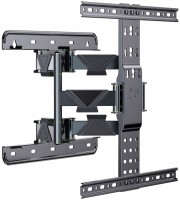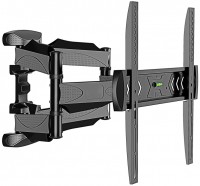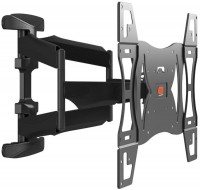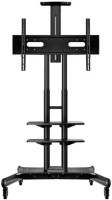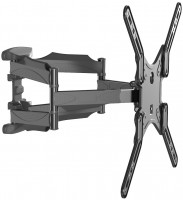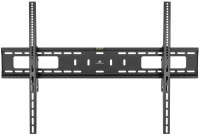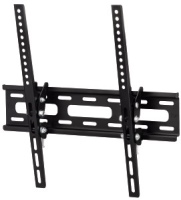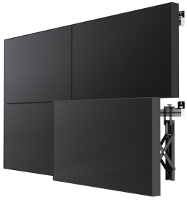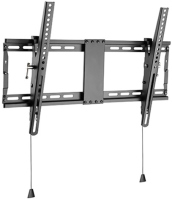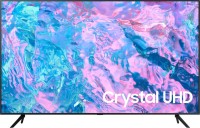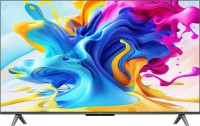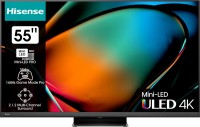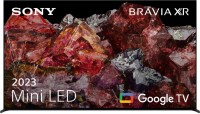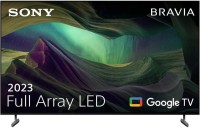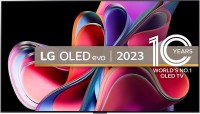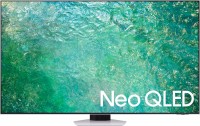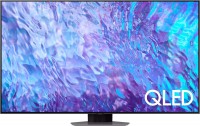Sony KDL-40NX720 40 "
 | Outdated Product $1,489.00 3D TV with additional networking capabilities. The screen size is 40", it provides a frame rate of up to 100 Hz at a resolution of 1920x1080, is equipped with a presence sensor and Gorilla Glass coating. There are only two digital tuners, the same number of USB ports (with the ability to record from the air). Network access is possible through the LAN port or built-in Wi-Fi, Internet functions are provided by a built-in browser and Skype client.It is also worth noting support for proprietary technology BRAVIA Theater Sync.3D glasses are not included. |
Sony KDL-40NX720 40 "
Screen:40 ", 1920x1080 px, ids 100 fps
Multimedia:Smart TV, Wi-Fi, LAN
3D TV with additional networking capabilities. The screen size is 40", it provides a frame rate of up to 100 Hz at a resolution of 1920x1080, is equipped with a presence sensor and Gorilla Glass coating. There are only two digital tuners, the same number of USB ports (with the ability to record from the air). Network access is possible through the LAN port or built-in Wi-Fi, Internet functions are provided by a built-in browser and Skype client.It is also worth noting support for proprietary technology BRAVIA Theater Sync.3D glasses are not included.

Which TV panel is the best? And which one is perfect in terms of price and quality?We study the pros and cons of modern TV panels
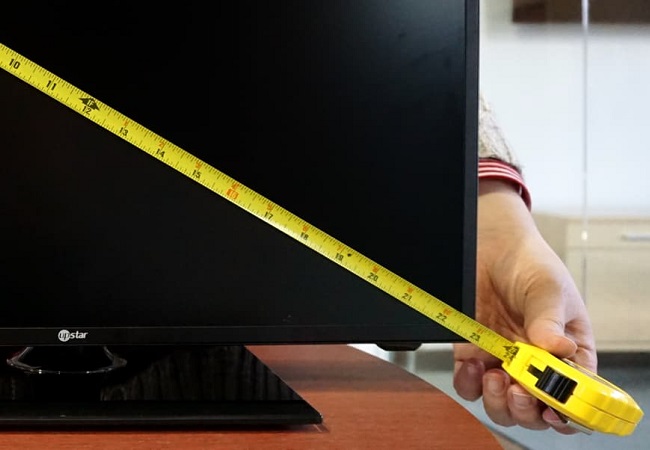
How to choose a TV diagonal and resolution for your room?Is it always worth taking a larger TV? Perhaps 55" will be too much for a small room, but 32" is a perfect option?
All specifications
Additional features tv Sony KDL-40NX720:
Technology:
Gorilla glass
Gorilla Glass, which is used to protect mobile phone displays, now also protects TV screens from damage and minor scratches.
BRAVIA Theater Sync
Bravia Theater Sync is a new way to set up your home theater. With HDMI connections and a single remote control, you can send signals between the various devices that make up the system. BRAVIA Theater Sync technology is designed to take the hassle out of it and make it easy for you to watch movies. One press of a button turns on the audio equipment and TV, selects the appropriate input signal, and starts the Blu-ray Disc or DVD player.
S-Force
S-Force Front Surround gives you the cinematic experience without ever having to get up from your favorite couch. Sony developed technology delivers true 3D sound using only the TV's built-in speakers. It imitates the work of the human ear in terms of recognizing sounds. S-Force technology is completely virtual and independent of wall acoustics, so you can enjoy cinema-like sound in any size room.
BRAVIA ENGINE 3
Leveraging all of our most innovative technologies, such as Intelligent Noise Reduction or Advanced Contrast Enhancer, BRAVIA ENGINE 3 is even more powerful than the renowned BRAVIA ENGINE and adds four new image processing steps. What's more, BRAVIA ENGINE 3 enables complex digital signal processing for many signal streams. As a result, you get incredibly bright vibrant colours and a picture that is as close to reality as possible. Black levels are very deep, detail is fantastic, and brightness and contrast are crisp and consistent.
Live Colour Creation
Live Colour Creation is a new technology from Sony used in BRAVIA TVs. It provides a 30% increase in the colour spectrum compared to traditional liquid crystal technologies. The result is the reproduction of much deeper and more accurate tones for impressive colour reproduction, such as can be seen in nature.
24p True Cinema
This mode allows you to watch movies the way the director intended them — on the big screen and at 24 frames per second. Until recently, the movies we watched at home played faster than in theaters. When a movie is shown on TV or sold on DVD, it must be adjusted to fit the PAL format. The difference is that movies are shot at 24 frames per second, while the television standard is 25 frames per second.
- OSD menu in Russian
- Light sensor
- Zoom
- Parent lock
Technology:
- BRAVIA ENGINE 3
- BRAVIA Sync
- S-Force
- live colour
- 24p True Cinema
- clear voice
- CI+
- Motionflow XR 200
- X Reality
- Video Search
- Gorilla glass
- TDG-BR100B (standard stereo glasses)
- SU-WH500/SU-WL700/SU-WL500 (wall brackets)
- SU-B400S (stand)
- TDG-BR50L, TDG-BR50P (small stereo glasses)
- TMR-BR100 (3D transmitter)
Gorilla glass
Gorilla Glass, which is used to protect mobile phone displays, now also protects TV screens from damage and minor scratches.
BRAVIA Theater Sync
Bravia Theater Sync is a new way to set up your home theater. With HDMI connections and a single remote control, you can send signals between the various devices that make up the system. BRAVIA Theater Sync technology is designed to take the hassle out of it and make it easy for you to watch movies. One press of a button turns on the audio equipment and TV, selects the appropriate input signal, and starts the Blu-ray Disc or DVD player.
S-Force
S-Force Front Surround gives you the cinematic experience without ever having to get up from your favorite couch. Sony developed technology delivers true 3D sound using only the TV's built-in speakers. It imitates the work of the human ear in terms of recognizing sounds. S-Force technology is completely virtual and independent of wall acoustics, so you can enjoy cinema-like sound in any size room.
BRAVIA ENGINE 3
Leveraging all of our most innovative technologies, such as Intelligent Noise Reduction or Advanced Contrast Enhancer, BRAVIA ENGINE 3 is even more powerful than the renowned BRAVIA ENGINE and adds four new image processing steps. What's more, BRAVIA ENGINE 3 enables complex digital signal processing for many signal streams. As a result, you get incredibly bright vibrant colours and a picture that is as close to reality as possible. Black levels are very deep, detail is fantastic, and brightness and contrast are crisp and consistent.
Live Colour Creation
Live Colour Creation is a new technology from Sony used in BRAVIA TVs. It provides a 30% increase in the colour spectrum compared to traditional liquid crystal technologies. The result is the reproduction of much deeper and more accurate tones for impressive colour reproduction, such as can be seen in nature.
24p True Cinema
This mode allows you to watch movies the way the director intended them — on the big screen and at 24 frames per second. Until recently, the movies we watched at home played faster than in theaters. When a movie is shown on TV or sold on DVD, it must be adjusted to fit the PAL format. The difference is that movies are shot at 24 frames per second, while the television standard is 25 frames per second.
We recommendCompare using chart →




